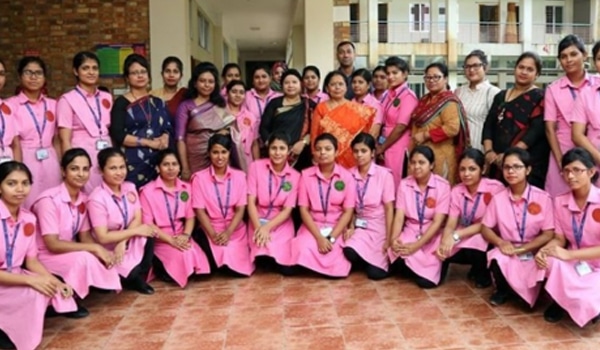
by Malin Bogren, Afroza Banu, Shahanaj Parven, et al
Note: The following paper does not mention abortion as a midwifery skill. However, its research and findings are highly applicable to assessing abortion education and training and influencing both. Perhaps the most telling statement in the whole paper is this one: “The importance of including staff from the clinical sites in the assessment process was stressed because an imbalance was noted between the evidence-based practices being taught to new students at the educational sites and the older, largely outdated practices in place at clinics.”[Editor]
Global Health Action 2020;13(1)
Background: Only recently did midwifery become a profession in Bangladesh. As such, sufficient quality education, both theory and practice, remains a challenge. In 2018, a context-specific accreditation assessment tool for affirming quality midwifery education was therefore developed and implemented.
Objectives: To describe both the positive and negative aspects of the implementation of an accreditation process at midwifery education institutions in Bangladesh and to sketch out areas for possible improvement.
Method: Forty focus group discussions were conducted with 276 policymakers, regulatory authorities and educators involved in midwifery education and services in Bangladesh. The Consolidated Framework for Implementation Research (CFIR) was used in a directed content analysis approach.
Results: The accreditation assessment tool was developed using a participatory and consensus-building approach, building on existing policies, which resulted in the national ownership of its implementation. Staff from clinical sites were not included in the accreditation process; unless this changes, this will make it difficult for Bangladesh to achieve the set accreditation standards. The accreditation process has improved communication between the midwifery teaching institutions, policymakers and regulatory authorities. Educators started to visit the clinical sites more frequently. The planning process was complex and time-consuming, and emphasis was put on the importance of developing a plan of action for measuring improvements.
Conclusion: In the move from the initial assessment of an accreditation process to its implementation, it is essential to make public the results found at all educational institutions. This encourages acceptance, while soliciting feedback and suggestions for future action. Only then can an accreditation process have an impact on the provision of high-quality midwifery education and services. This paper aims to encourage and guide other countries in their development, planning and implementation of a national accreditation process for midwifery education.
PHOTO: BRAC University’s “Diploma in Midwifery Programme’s FIVDB Academic Site, August 2018



